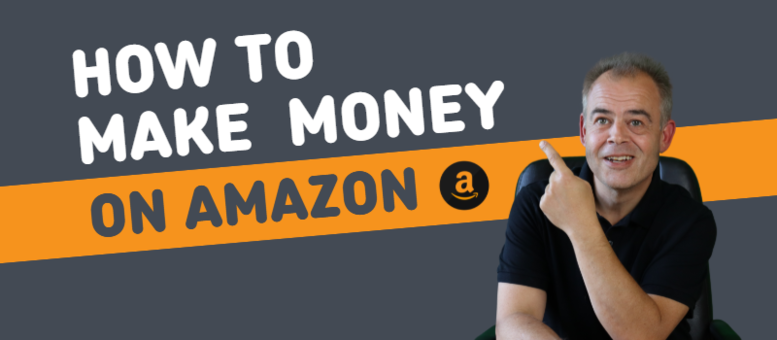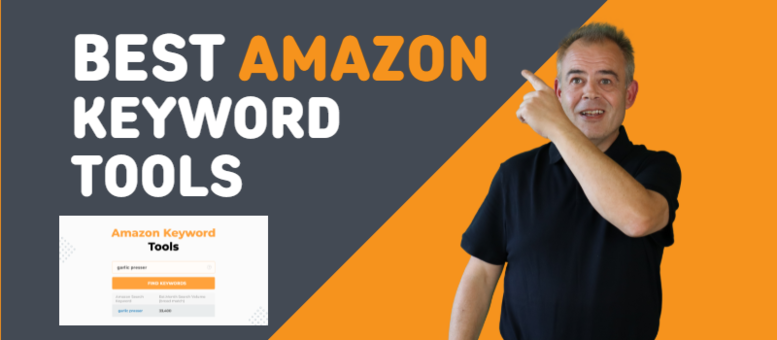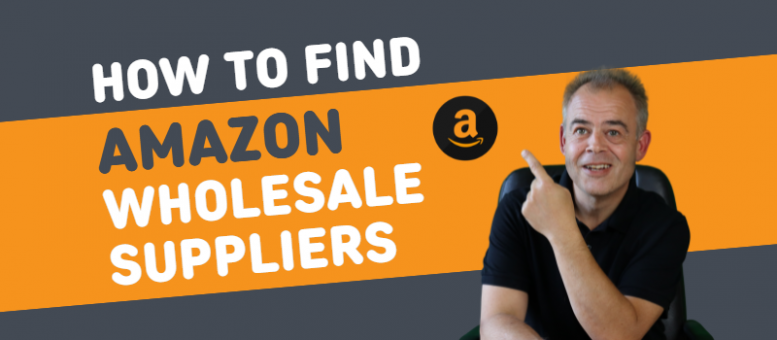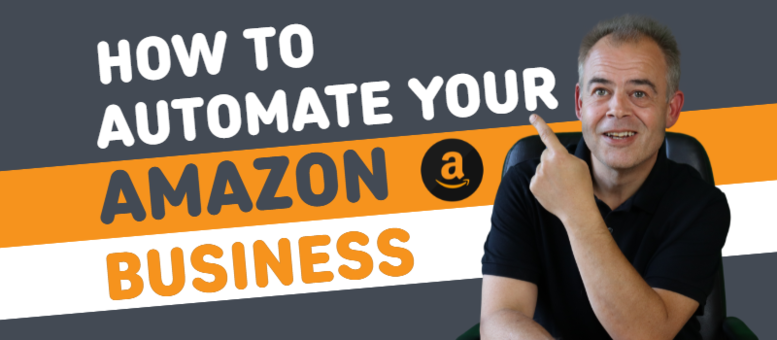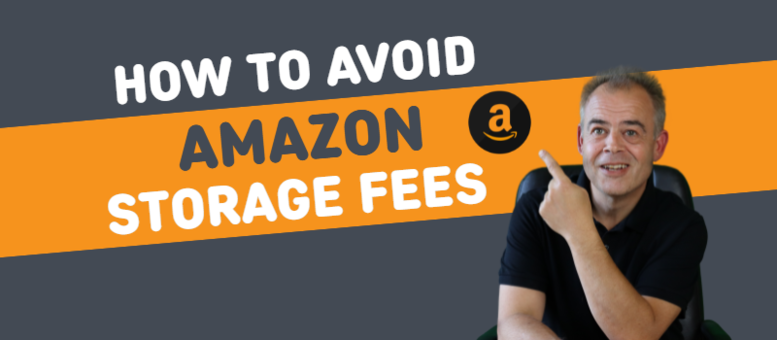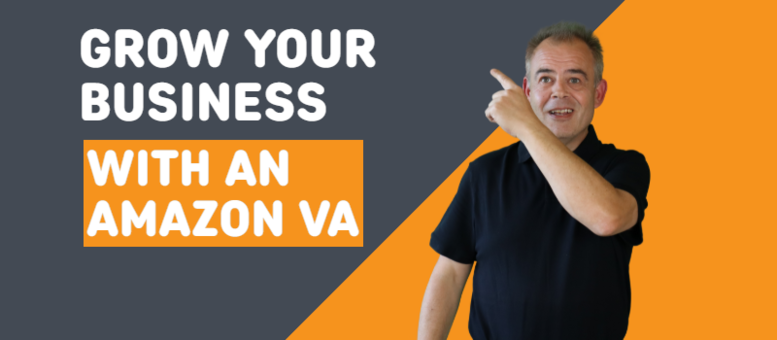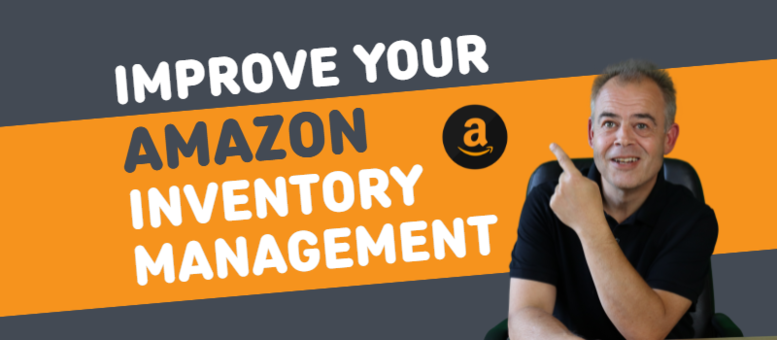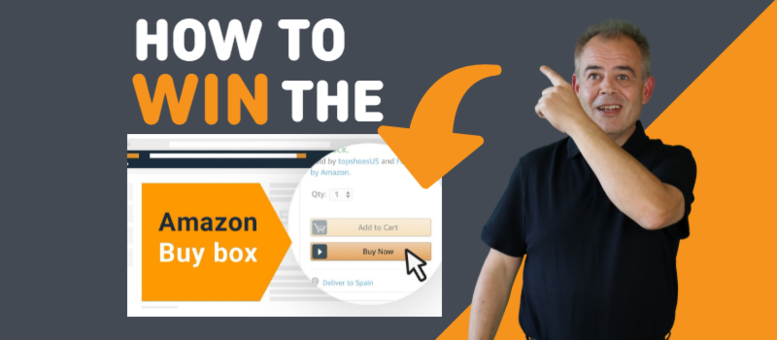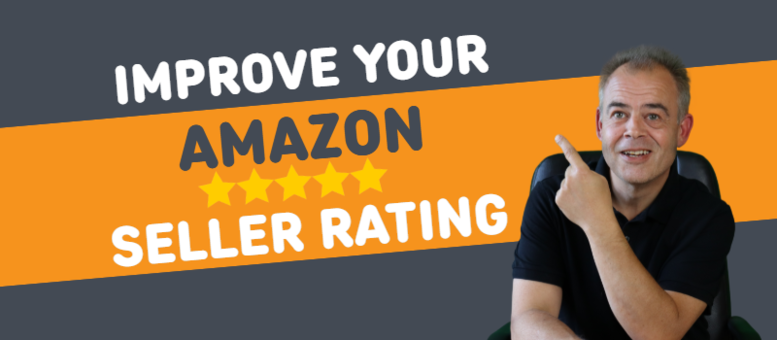In this video I will show you 11 ways how you can earn money on Amazon in 2021? If you want to see how to make money from Amazon as a complete beginner then check this out. I've been using these exact methods for years and using the Amazon platform is still the best way to make money online and work from home.
Do you want to know how Amazon FBA works and how to make money from it in 2021?
Join the FREE Amazon FBA Training & Learn How To Make A Full-Time Income Online:https://bizwebjournal.com/amazontraining
If you're looking to start a business selling products on Amazon, then you'll need to know and understand the product listing criteria and how to rank on Amazon FBA. Yes, you can start making money selling on Amazon, regardless of your experience selling online.
Amazon is one of the best opportunities to make a passive income and earn money from anywhere in the world. Gone are the days of directly exchanging your time for money. That's the old model. The new model leverages the incredible opportunity that the internet affords us.
Whether you want to make money working from home, or just want a side hustle, understanding how much it costs to start selling on Amazon will give you the upward momentum you need to launch your Amazon private label business today!
The best part about selling on Amazon is that the retail giant does all the work for you. You'll never have to pick or pack or ship a product, ever. Gone are the days of dealing with fulfillment or customer service requests. Amazon does it all for you. All you do is collect the income.
But in order to get there, you need to get on the road to building your Amazon FBA business today. Tune into the video now to discover just how powerful of a passive income machine Amazon can be and how you can start making money from it no matter where you live in the world!
|
|
Hey guys and welcome back to my channel. In this video I want to cover 11 different ways you can make money on Amazon , so be sure to watch all the way through so you don't miss any of the important details as we do have a lot to cover.
Now, before I hop into this video, if you are new to this channel you're going to want to subscribe as I talk about the best ways to make a full time income with Amazon FBA and always get straight to the point.
So please consider subscribing and turning on your post notifications if you like channels that don’t waste your valuable time, with that said let's get right into this video.
When it comes to online money-makers, it doesn’t get much bigger than Amazon. Luckily for any entrepreneur looking for a new way to generate income, Amazon is an easy way to get started. They offer a variety of ways for you to share the wealth using their platform. You may be surprised by how easy it is to be an Amazon best seller or otherwise generate significant income on Amazon.
There are many ways to make money on Amazon, whether you’re selling something or not. Whatever skills or resources you have at your disposal, here are some ways that Amazon can help you to generate income.
Let’s start off with my personal favorite way of make money on Amazon which is Fulfillment by Amazon or FBA.
An Amazon FBA business isn’t as well-known as an option when it comes to making money on Amazon. Still, it’s an excellent way to make money without worrying about shipping or customer support.
Your products are stored in an Amazon warehouse, where they can make you money on the Amazon marketplace without you having to do anything once the products are shipped. Amazon Prime takes advantage of this program to get products to customers faster.
Using the Amazon FBA program, you send your items to an Amazon fulfillment center and let them take care of delivery. Customers won’t even know the difference, which is why so many people haven’t heard of this program.
As the Amazon FBA seller, you will be charged by units, depending on weight and size. You also pay a storage fee monthly if your inventory does not sell. Depending on what you have to sell, an Amazon FBA business might be a much better option for you than direct selling on Amazon.
The second way is Amazon affiliate marketing. One of the most straightforward ways to make significant money on Amazon without selling anything yourself is as an Amazon affiliate. Amazon’s affiliate program is truly a giant in the Amazon money-making world.
If you have reach online, whether it’s through a website or Youtube channel, you have the capacity to make money as an Amazon affiliate. All you need to do is recommend products on Amazon in a product category that appeals to your audience.
If your audience follows the affiliate link and makes the purchase, you will earn a commission. Generally between 1 and 10% of the product’s purchase price goes to the Amazon affiliate. Being part of the Amazon affiliate program is incredibly easy, and it can be highly lucrative.
The next one up is called Amazon handmade. Now, if you thought Etsy was the only place to sell quality handmade goods, think again. On Amazon Handmade, you can sell clothing, jewelry, accessories, art, and other artisan goods.
Amazon handmade will give you a custom link, making it much easier for all of your customers to find your shop. Amazon makes things more convenient and affordable for handmade sellers than for other selling accounts.
You will have to pay $39.99 a month for a professional selling account, but this fee is waived for handmade sellers. Just pay a 15% referral fee on your total sales price.
If you consider yourself an artist or designer, Amazon merch might be right for you. Even if you are not an expert, you may be able to make great designs that make money on this platform, as long as you are up on cultural trends and have basic design software.
You can sell t-shirts, hoodies, and lots of other things carrying your designs. You won’t have to pay anything to sell your merchandise on Amazon. Amazon takes responsibility for printing, shipping, packaging, and supporting the customer.
All you have to do is create your account, upload your design and price, and write your description and color. You get a royalty on every design that you sell. What you make depends on how much the product sells for and how much it costs at Amazon to sell it.
Moving on to number 5 which is Kindle direct publishing. Are you a writer, or do you have access to a team of writers? Getting your work published no longer requires the attention of a publishing house. Kindle Direct Publishing lets you publish Kindle books on their platform.
70% of royalties on overall sales can go to you. You aren’t limited to just digital kindle book options on this platform. Hard copies can be printed as well. Prolific writing is key to making money in this area.
A couple of bestsellers will do wonders, but you really need to create a steady stream of content to succeed in Kindle publishing. Furthermore, your work will need to sell itself or you’ll have to handle all marketing since there’s no agent or publisher to help you get the word out.
Now, if you just want to make a little bit of extra money without having to start a big project, attract an audience, or sell anything, the Mechanical Turk project might be right for you. This is one of the easiest types of Amazon work to get involved in with few initial investments.
This program lets you become one of the remote workers in Amazon’s vast army. Your tasks can involve participating in surveys and moderating and validating content.
It’s not a way to get rich fast, but you might make as much as $15 an hour or more, and you can easily fit these tasks in around your other pursuits. For people looking for a simple way to earn a couple of extra bucks on the side, this might be just the right program for you.
Strategy number 8 is retail arbitrage. Have you ever seen a really great deal at your local Big Box store like Walmart and thought that the price of something was very good? Stocking up on discounted products can make you money if you utilize retail arbitrage.
Retail arbitrage allows you to take advantage of discounts offered by big box stores to make a profit by selling those products on Amazon. By taking advantage of clearance deals and coupons, you can make a significant percentage of income for many products.
Using the FBA Revenue calculator, you can use your smartphone to scan barcodes to determine whether any given item is worth selling on Amazon. It takes a lot of work to succeed in retail arbitrage.
If you think you can make it just by picking up clearance items when you happen to see them, you’ll probably find yourself disappointed. However, if shopping for bargains is a thrill for you, you may find that you can actually make money with this strategy.
Amazon product selling or advertising isn’t the only way to build an income on Amazon. If you have a service to offer, you can also make a good income in an Amazon store. Whether you tutor musical instruments or a school subject, Amazon can help you connect with clients.
You won’t have to pay for advertising or start-up fees, and there’s no monthly subscription. All you need is general liability insurance with a $1,000,000 occurrence cap and a cleared business background check.
Services provided to homeowners also need background screening. The share to Amazon depends on what service you provide and how much you make. If you don’t want to deal with advertising your services and making a website by yourself, Amazon can take some of the work of your plate.
Next one up is to build a brand. Choose a product you love, order it from the manufacturer, put your brand and logo on it, and you’ll be a brand seller. List your product on Amazon at whatever price seems competitive to you. As an Amazon seller of your own brand, you have total control over your products.
You can apply for brand registry with Amazon to protect your private label product from counterfeiters. It’s hard to compete on Amazon, but if you have a product that has unique value or you have an edge in the market, you can make a lot of money by selling branded products on Amazon.
You’ll likely find being a professional seller on Amazon to be very reasonable. The seller central makes it easy for you to manage your Amazon seller account. For anyone who has managed a retail store, the difference will be a delight.
If you know how to effectively write product descriptions to compel buyers, take great pictures, and offer a superb product, you may rapidly gain popularity on Amazon. Trying to find products to sell on Amazon requires a fair amount of research.
Number 10 is to be a wholesale seller. For the products that most people and businesses need, Amazon can often offer the most competitive prices, largely because of their network of wholesale sellers.
Wholesale sellers buy products at a discount because they are buying very large quantities. They can then afford to sell those products at the most affordable prices on Amazon.
This tends to be a competitive industry where wholesale sellers outcompete each other with the lowest possible bottom line prices. You may not be able to make a significant income unless you have your own warehouse space to store products so you won’t have to rely entirely on the FBA program and storing products in Amazon’s warehouse.
The last one up is online arbitrage. Online arbitrage works in the same way as physical arbitrage, except you’ll be purchasing things online instead of in person. If you love shopping for great deals, but you don’t want to run around to retail stores, this can be a great option for you.
Generally, eBay is the place to go when you are looking for the lowest priced goods. By staying on top of bidding, you can get products for much lower than their retail value.
You can then sell these products at a higher value on Amazon. You may be able to turn around inventory very quickly since you’ll be able to offer a very competitive rate on Amazon because you saved so much buying on eBay.
If you’ve been dreaming about how to make money on Amazon, you may be surprised by just how easy it can be. Whatever kind of Amazon business you want to run, you can establish a great profit margin with little more than an Amazon account as your initial investment.
Thanks for watching and please make sure to watch the next videos with more Amazon FBA tips that will show up right about now.

